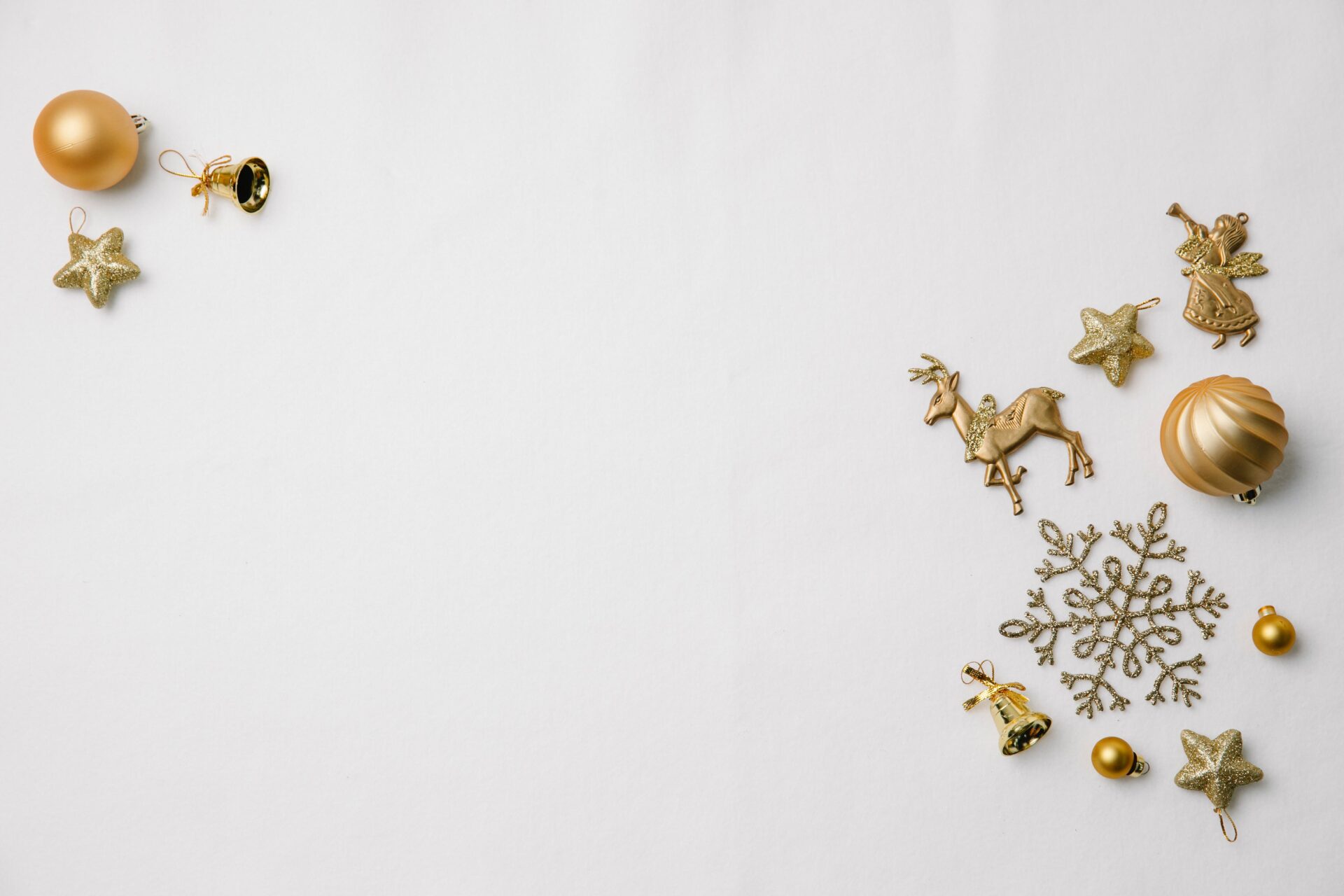Removing a upper ball joint is a fairly simple process that requires basic mechanical knowledge and some basic tools. It should be noted that this is a job best done on an hoist so that the suspension can be easily accessed. In this guide, we will go over the steps necessary to safely and effectively remove an upper ball joint from your vehicle.To remove an upper ball joint from a vehicle, begin by placing the vehicle on a flat surface. Loosen the nut at the top of the ball joint using an adjustable wrench or socket wrench. Then, use a ball joint press to press down on the top of the ball joint while simultaneously pushing up on the bottom of it. The pressure from the press should separate the upper ball joint from its mounting bracket. Once separated, unscrew and remove the nut completely and then pull out the upper ball joint from its housing.
Essential Tools Required For Removing An Upper Ball Joint
Removing an upper ball joint from a vehicle requires the use of certain essential tools. These include a ball joint separator, various sockets and ratchets, a breaker bar, a hammer, and a pickle fork. The ball joint separator is used to separate the ball joint from the steering knuckle or spindle. To do this, you need to fit the tool over the stud and then strike it with a hammer to break it free.
Various sockets and ratchets are used to remove the nut that holds the ball joint in place. Depending on what kind of vehicle you are working on, you may need either metric or standard sockets and ratchets. A breaker bar is typically used in conjunction with these tools to help loosen stubborn nuts or bolts.
A hammer and pickle fork are also needed for removing an upper ball joint. The pickle fork is used to pry up on the control arm so that it can be separated from the ball joint. A hammer is then used to tap down on the pickle fork to help move it into position so that it can be easily separated from the ball joint.
Preparing The Vehicle For Upper Ball Joint Removal
Before attempting to replace an upper ball joint, it is important to ensure that the vehicle is properly prepared. This includes raising and securing the vehicle, removing the tire and wheel assembly, and disconnecting any components that may be in the way. Once these steps are completed, the upper ball joint can be safely removed.
To begin, securely raise and support the vehicle on jack stands or a car lift. It is important that the vehicle is firmly supported to ensure safety during the repair process. Once the vehicle is safely supported, remove the tire and wheel assembly from the affected side. This will give you access to the upper ball joint and allow you to inspect it more closely.
Next, any components that may be obstructing access to the upper ball joint should be disconnected or removed. This could include suspension components such as control arms or sway bars, as well as brake lines or other related parts. Once all of these components have been disconnected or removed, you should have clear access to remove the upper ball joint from its mounting points on the suspension system.
Loosening The Upper Ball Joint Bolt
The upper ball joint bolt is an important part of the suspension system of your vehicle. It is responsible for providing secure and stable connection between the wheel and hub assembly. In order to ensure that your car’s suspension is functioning properly, it is important to ensure that the upper ball joint bolt has been correctly tightened. If not, it can lead to a variety of problems including premature wear on the tires and suspension components. To loosen the upper ball joint bolt, you will need to use an appropriate wrench or socket set. Begin by positioning the wrench or socket over the head of the bolt and turning it counter-clockwise until it breaks free from its thread. Once loosened, you can then remove the bolt and replace it with a new one.
It is also important to remember that when tightening the upper ball joint bolt, you should only use enough force to make sure that it remains secure without being overly tight. If you apply too much force while tightening it, then this could result in damage being done to both the bolt itself as well as other components in your suspension system. Additionally, if you are not careful when loosening or tightening this type of bolt, then you may end up stripping out its threading which would require replacement of both parts in order for them to function properly again.
By following these simple steps, you can make sure that your car’s suspension is functioning optimally and that its components are securely attached together. This will help ensure that your ride is safe and comfortable at all times while also preventing any unnecessary wear on other parts due to poor maintenance practices.
Removing The Upper Ball Joint Bolt
Removing the upper ball joint bolt is a relatively simple task, but it is important to be cautious and take your time to avoid damaging the parts. The first step is to place the car on a flat surface and secure it by chocking the wheels. Then, jack up the front of the vehicle and support it on jack stands. You will then need to remove the wheel from the affected side of the vehicle. Once this has been done, you will need to locate the upper ball joint bolt which can be found at the top of the steering knuckle. To remove this bolt, you will need an appropriate sized socket wrench. Place a breaker bar over the socket and turn counter clockwise until it comes loose. Be sure to keep an eye on any washers or nuts that may come loose with it, as these may need to be reused when reassembling the parts.
Once you have successfully removed the upper ball joint bolt, you will then need to remove any other components that are connected to it such as control arms or sway bars if applicable. At this point, you can proceed with replacing or servicing any other components in that area such as brakes or suspension components. Once all parts have been serviced or replaced, securely reattach all components ensuring that all bolts are tightened properly before lowering and removing your jack stands from under your vehicle.

Separating the Uneven Parts of the Ball Joint
The ball joint is an essential component of any vehicle, allowing for a secure connection between the suspension and steering systems. While most ball joints are designed to last for many years, they can become worn out over time due to wear and tear. This can be especially problematic if the parts become unevenly worn out, making them difficult to separate. Fortunately, there are some steps that can be taken to help separate these uneven parts without damaging them.
The first step is to inspect the ball joint carefully. Look for any signs of wear or damage that could be causing the uneven parts to stick together. If you find any visible damage, take note of it as it may need to be addressed during the separation process. Once you have identified any damage, slowly and gently try to separate the two parts using a screwdriver or other tool that is appropriate for this task.
If you are unable to separate the parts by hand, you may need to use a hammer and chisel. Before doing this, however, make sure that you place a layer of cloth between them so that you do not scratch or damage either part further. Carefully tap around the edges of the ball joint with your hammer and chisel until it begins to loosen up and move apart from each other. Once this happens, you should be able to pull them apart easily with your hands or with a screwdriver if necessary.
If all else fails, then you may need to resort to using an angle grinder or rotary tool in order to cut through any stubborn material that is preventing separation of the two pieces. Again, make sure that you use a cloth as a barrier between these tools and the metal so as not to cause further damage or scratches on either part. With patience and care, however, separating uneven parts of a ball joint should not present too much difficulty in most cases.
Removing The Old Upper Ball Joint From The Vehicle
Removing the old upper ball joint from the vehicle is an important part of replacing the suspension system. In order to do this, you will need to use a special tool called a ball joint separator. This tool is designed specifically for removing ball joints from vehicles, and it can be purchased at most automotive stores. Before you begin, make sure to make note of any bolts or other fasteners that may need to be removed in order to separate the ball joint from the vehicle. Once you have all of your tools ready, it is time to start removing the old upper ball joint.
The first step is to loosen and remove any fasteners that are holding the ball joint in place. Once these have been removed, you can then use the ball joint separator tool to begin separating the old upper ball joint from the vehicle. It is important to be careful when using this tool, as it can cause damage if used improperly. Once you have successfully separated the old upper ball joint from the vehicle, you can then proceed with replacing it with a new one.
Installing a New Upper Ball Joint
Replacing the upper ball joint should always be done by a professional mechanic. It is an important part of the suspension system and needs to be done correctly in order to ensure proper wheel alignment and prevent premature wear on other suspension and steering components. Before you begin, make sure you have all the necessary tools and parts. You’ll need a jack, axle stands, impact wrench, torque wrench, hammer, pickle fork, bearing separator, grease gun, and a new upper ball joint.
Begin by raising the vehicle up with a jack and securing it in place with axle stands. Make sure it is secure before getting underneath the car. Then remove the brake caliper bolts and remove it from the steering knuckle. Use an impact wrench if necessary to loosen stubborn bolts. Also remove the brake rotor from the steering knuckle by removing its retaining screws or bolts.
Next detach the lower ball joint from the steering knuckle using a pickle fork or other appropriate tool. If necessary use a bearing separator to separate them from each other if they are stuck together. Remove any grease or dirt from around the area before installing your new ball joint.
Now install your new upper ball joint into place by aligning it with its designated holes on the steering knuckle. Make sure everything is properly aligned before attaching it with nuts or bolts provided in your kit. Secure them firmly but not too tight as this could damage both components during operation when they expand due to heat generated while driving. Grease up all moving parts before reinstalling everything back together as it will help reduce friction between them during operation which can significantly reduce premature wear on components in your suspension system over time.
Once you have reinstalled all components back into place, check for proper alignment of all parts using a wheel alignment machine or other appropriate tooling equipment available at most auto shops today. Once everything is properly aligned then torque all nuts and bolts to their specified levels as written in your service manual for your specific vehicle model before taking it out on road test for final inspection and approval of repairs made to your suspension system!

Conclusion
Removing an upper ball joint is a job that can be done with basic hand tools. It is an involved process, but with the right instructions and patience, it can be done by the average DIY enthusiast. It’s important to use the right tools for the job and to take your time during the process. If you feel like you don’t have the skills or experience to do it yourself, there are many professional technicians who can help.
Once you have removed and replaced the upper ball joint, check all of your work before driving your vehicle. Make sure all of your connections are secured and that there are no signs of oil or grease leakage. Doing this will help you avoid any further issues down the road.
Removing an upper ball joint is not a difficult job, but it does require time and patience to make sure it’s done correctly. With a few simple steps, you can get your vehicle back on the road in no time.
Thanks for reading this article on how to remove an upper ball joint!




